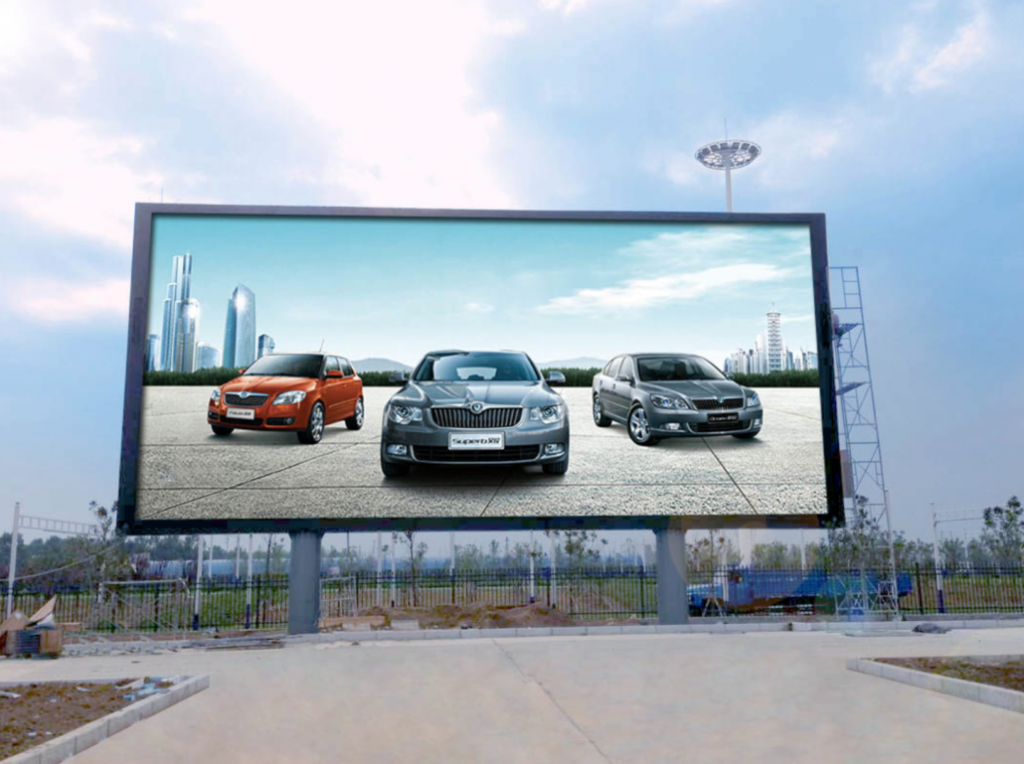
LED screens: device and operating principle
The modern world is focused on the development of new technologies and dictates its requirements for the advertising and event industries: what was a novelty yesterday is now a common occurrence. Thus, the rental service of an LED screen in Seattle is becoming popular, and this can be either the rental of large screens for large-scale mass events, performances, concerts and holidays, or the rental of LED screens for private events.
Let’s figure out what the features and advantages of such screens are, what their structure and operating principle are. In general, an LED screen is an impressive monitor for broadcasting video content. It consists of:
- LED modules (LED screen field)
- Control systems (computer, video processor and controllers)
- Power supply systems for modules and controllers
A separate LED module consists of LED pixels that form an image. LED pixels are characterized by color (they can be red, green, and blue) and pitch (the smaller the pitch between pixels, the higher the resolution of the video screen).
Their number horizontally and vertically is usually the same and equals 2^n. For outdoor video screens, the most popular LED modules are 8×8, 16×16, 32×32, and 64×64 pixels.
As for the control system, it is the one that “breaks” the entire image into separate components (according to the number of LED modules) and transmits each fragment to the corresponding module via controllers. Thus, the entire image is displayed on the LED screen.
For the first time, this principle of constructing large screens from separate modules was implemented in television studios (the video wall there was built from separate TV monitors). Now, from separate LED modules, you can assemble a high-resolution LED screen of any size and shape, that is, the size of the light screen today is limited only by the capabilities of your imagination and finances.
The control system can transmit both recorded images and live video broadcasts from television cameras. Another advantage of the LED screen system is the ability to control remotely via LAN/Internet.
Important characteristics of the LED screen
- Resolution (pixel density per unit of surface). The higher this indicator, the better the image.
- Refresh (image refresh rate per second). The minimum permissible refresh rate is 600 Hz. At lower values, the screen flickers and the perception of the video sequence deteriorates.
The main types of LED displays
- DIP (intended for outdoor use, equipped with UV filters and a transparent protective layer on the front side)
- SMD (more often used for indoor use, they are less bright than DIP, but the minimum pitch of 0.5 mm allows them to be placed as close to each other as possible, obtaining high Full HD resolution)
- OLED (differs from other types of displays in the organic crystals in the composition. This is what allows us to obtain highly transparent, lightweight and ultra-thin screens)
Advantages of LED screens
- Image quality (high brightness, contrast and wide viewing angle) makes the LED screen in demand in advertising, show business and concert activities, and in business circles (for holding large forums, presentations and conferences)
- Possibility of combining static and dynamic images on a light screen (and video, graphics and animation on an LED screen)
- Resistance to mechanical damage and uninterrupted operation in any climatic conditions
- Economical power consumption
- Durability (service life from 10 years)
- Possibility of online monitoring of the video screen






